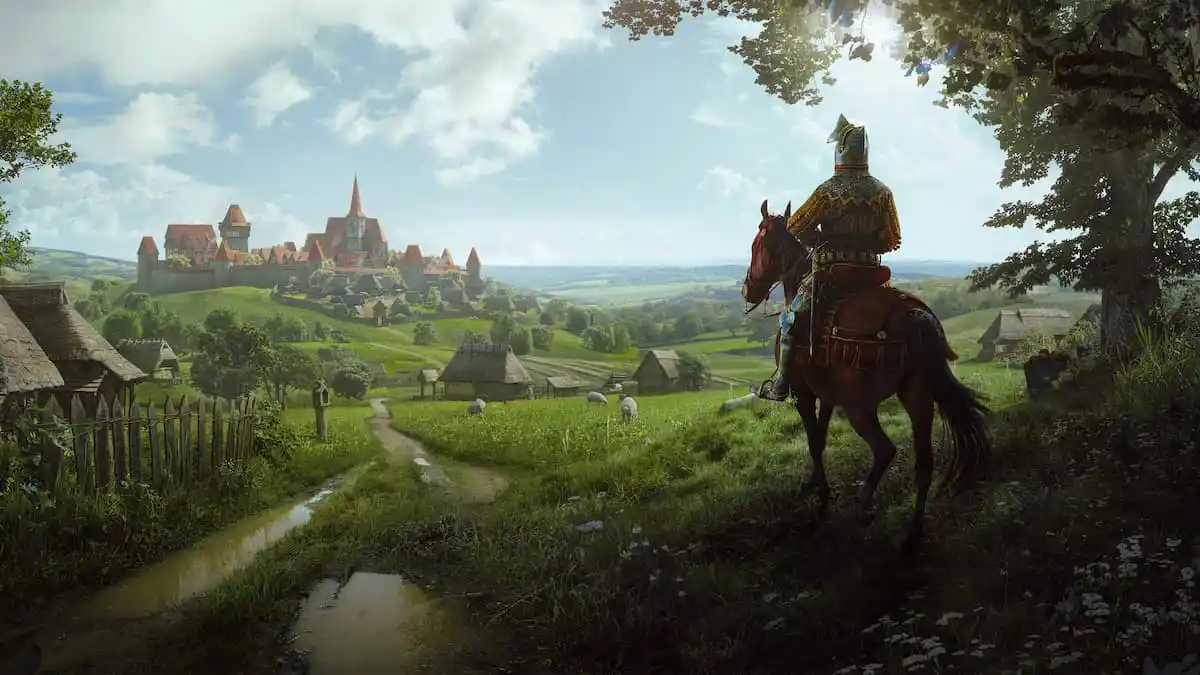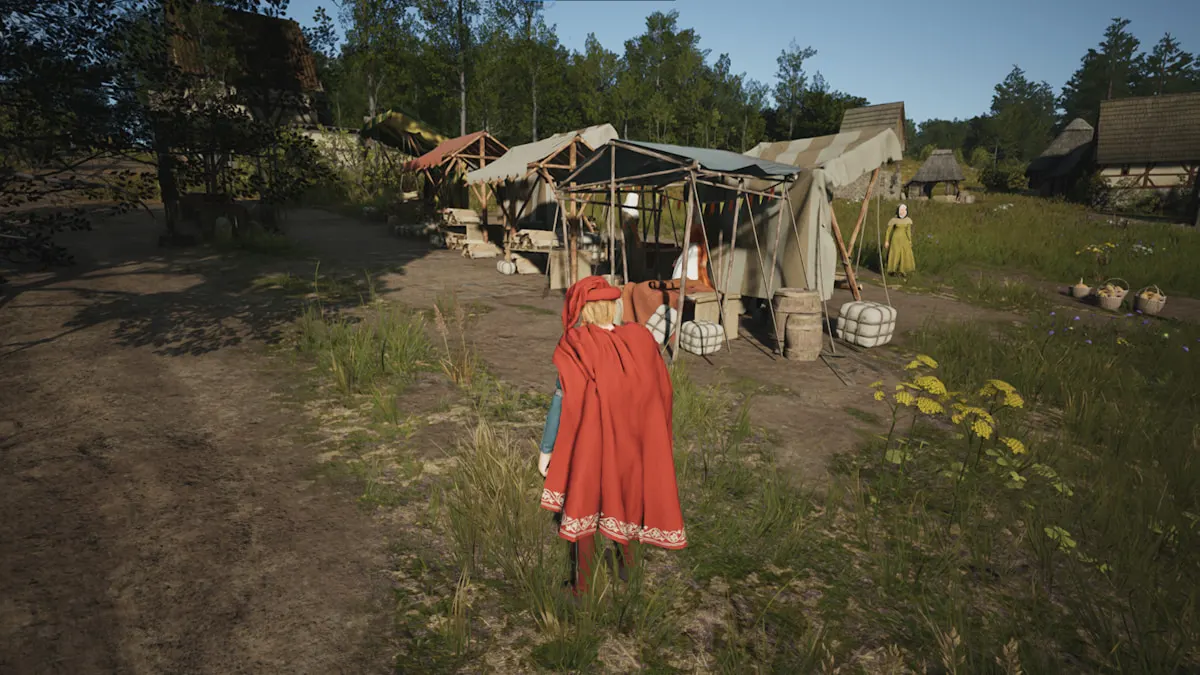Grain is an essential good used for food, drinks, and clothing in Manor Lords, but managing this valuable resource isn’t so easy.
At the start of Manor Lords, you are randomly assigned a region within the medieval world. Resources like animals for Hunting and Iron for weapons are shown through icons on the map. But the fertility of farm land is highlighted through a colored Overlay. Fertility is important as the colors of the ground indicate whether the soil will produce a solid yield. Green is good and Red is bad, while light Green will deteriorate over time, which you can improve with Sheep.
Here’s everything you need to know about how Grain works in Manor Lords.
How Grain works in Manor Lords, from Farm to Marketplace stall

There are four types of Grains in Manory Lords: Wheat (Emmer), Barley, Flax, and Rye, but only three are available at the start. Rye is introduced later in the city builder through the Development tree with an upgrade point spent on Rye Cultivation. Wheat, Barley, and Flax are readily available at game start, with Wheat being the most important.
I highly recommend examining your color overlay before starting construction, taking into account how far villagers will have to travel from work to storage to a Marketplace stall.
Much like any building constructed in Manor Lords, you can click on the field to open a popup menu detailing yield with a box unchecked for Crop Rotation. Keeping a field fertile requires skipping a year through Fallow and potentially rotating the type of grain grown. By the time all fertility is trashed, you should be able to use Sheep to restore the health of the land during a Fallow year.
After grains are Harvested, which always starts in September, workers craft them into resources that are eventually sold at the Marketplace.
What can you make with Grain in Manor Lords?
Each Grain in Manor Lords has a purpose, from keeping the villagers fed to clothing on their backs. Crafting Grain requires buildings and families to work jobs within those buildings. Wheat, for example, is first harvested from the field and crafted into Grain at the Farmhouse. It is then transported to a Windmill and turned into Flour, which is then sent to the Communal Oven, where flour is turned into Bread. That’s three buildings and three Families needed just to make Bread.
Much like Wheat, Barley also has a lengthy process before flowing down the throats of thirsty villagers. Barley is turned into Malt at a Malthouse after leaving the Farmhouse. It is then sent to an Artisan Brewer within a level two Burgage Plot before finally becoming Ale and getting shipped to the local Tavern.
Flax in Manor Lords is slightly simpler, as it is sent to the Weaver Workshop and turned into Linen. Rye is turned into flour as an alternative food source that is easier to grow.






Published: Apr 27, 2024 05:30 am